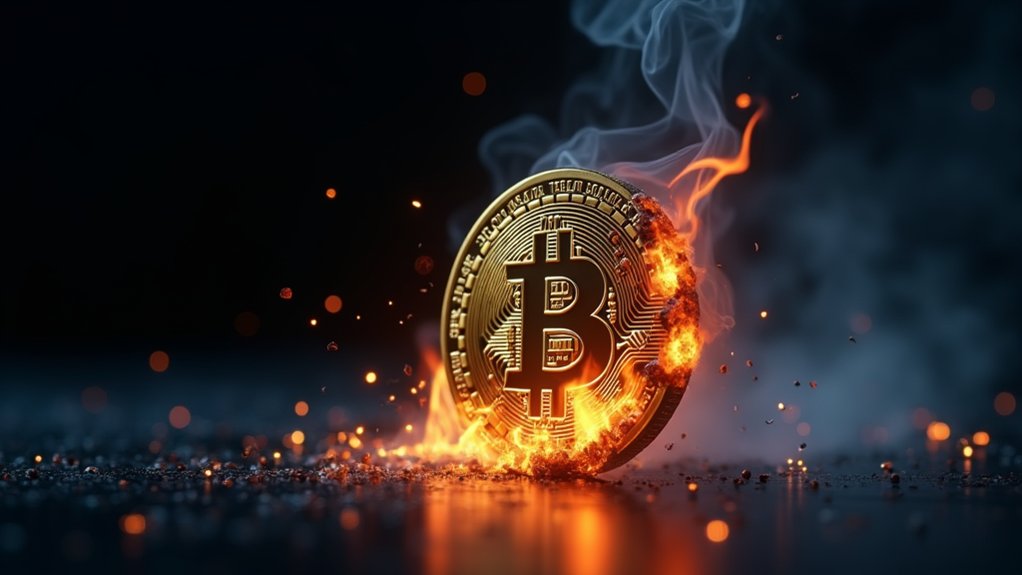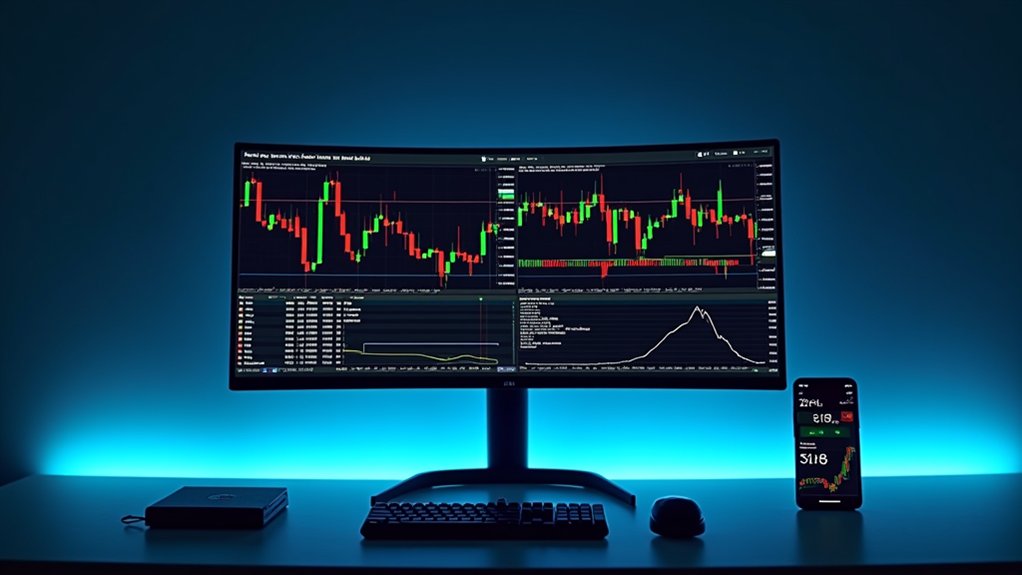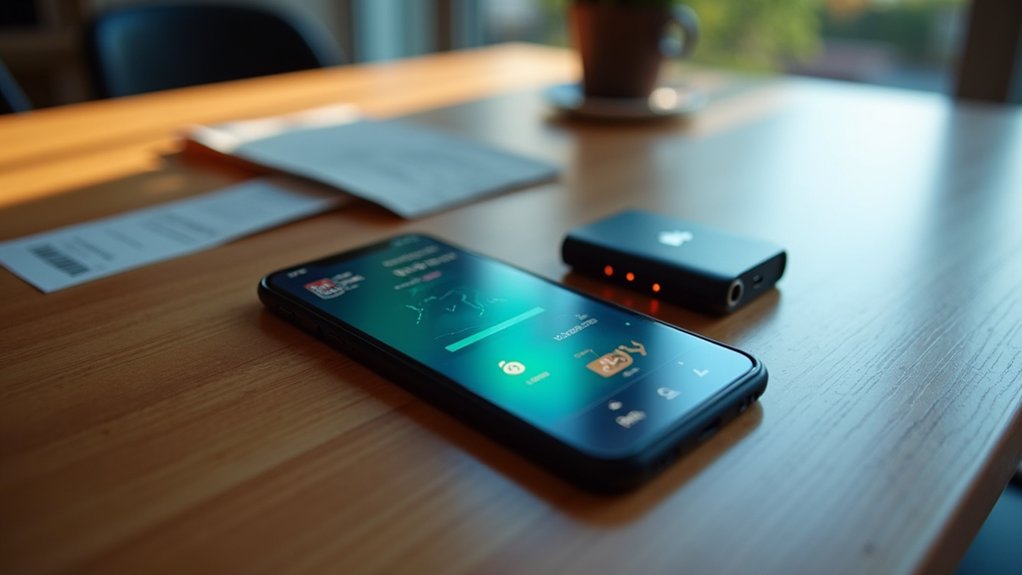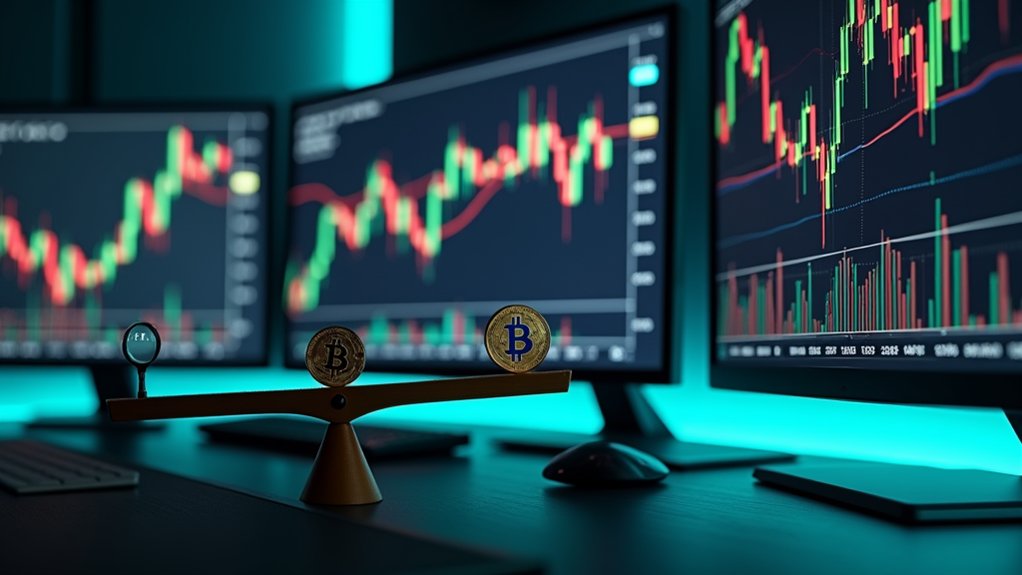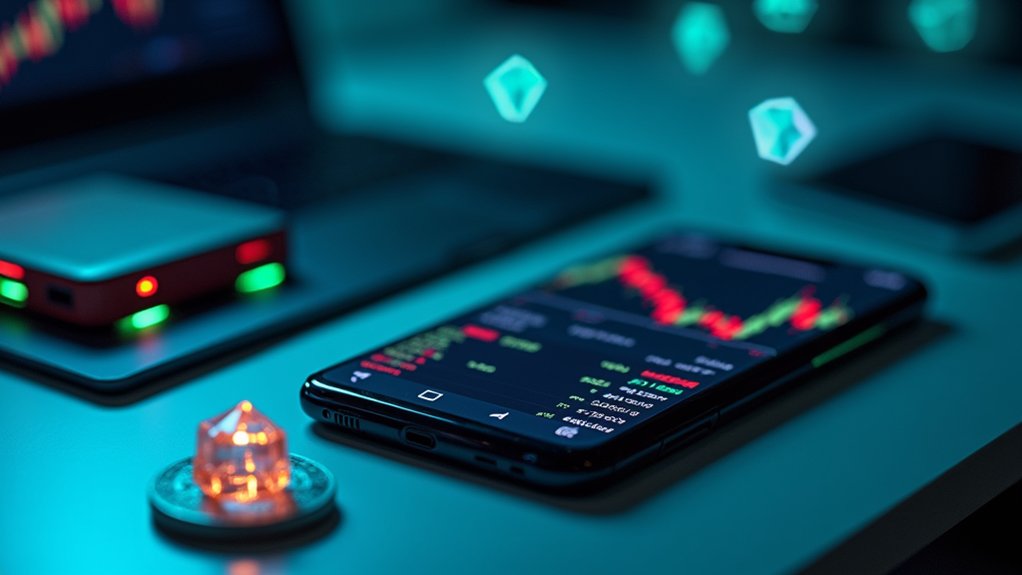Burning cryptocurrency involves permanently removing tokens from circulation by sending them to an inaccessible wallet address with no retrievable private keys. Users initiate this process by connecting their wallet to the appropriate blockchain network, selecting the specific tokens to burn, and executing a transaction to a verified burn address. This irreversible mechanism, similar to corporate stock buybacks, creates artificial scarcity that potentially enhances value for remaining token holders. Further exploration reveals various strategic implementations across different protocols.

Burning cryptocurrency tokens involves a deliberate, irreversible process of removing digital assets from circulation, effectively diminishing the available supply and potentially increasing the value of remaining tokens. The procedure typically begins when a token holder initiates a transaction through a smart contract, sending their digital assets to a designated burn address—a wallet without retrievable private keys, rendering the tokens permanently inaccessible.
Token burning permanently removes cryptocurrency from circulation, creating scarcity that can enhance value for remaining holders.
These specialized addresses, like Ethereum's standard 0xE00…0000, function as token graveyards where assets are verified as destroyed through blockchain explorers like Etherscan, providing transparent confirmation of the reduction in circulating supply.
Projects implement token burns for various strategic reasons, primarily to create scarcity in the market, which often correlates with price appreciation akin to corporate stock buybacks. The mechanics of burning vary across protocols, with some incorporating automated burn mechanisms through Proof-of-Burn consensus, requiring miners to destroy tokens to validate blocks, while others implement scheduled or event-triggered burns to systematically decrease supply over time. The Proof-of-Burn mechanism allows miners to validate transactions without the high computational costs associated with Proof-of-Work systems.
For instance, Binance Coin conducts quarterly burns using a portion of exchange profits, demonstrating commitment to token value preservation and creating favorable market interactions for long-term holders. This method of periodic burning follows an economic policy-based mechanism that is strategically implemented to enhance the cryptocurrency's value over time.
The market impact of token burns can be substantial, as evidenced by several notable examples in cryptocurrency history. Shiba Inu experienced an 863% increase in burn rate during June 2024, permanently removing 410 trillion tokens from circulation, while Terra's burn of 80 million LUNA tokens worth approximately $4.5 billion in 2021 preceded significant price appreciation.
However, investors should note that price effects from burns may not materialize immediately due to market timing or external economic factors. The verification process for burns remains critical to establishing legitimacy, with blockchain analytics providing immutable evidence of supply reduction, allowing stakeholders to confirm that tokens have indeed been removed from the ecosystem rather than simply transferred between accounts.
Frequently Asked Questions
Why Do Crypto Projects Burn Their Tokens?
Cryptocurrency projects burn tokens primarily to engineer scarcity, thereby potentially increasing value through fundamental supply-demand interactions.
This deflationary mechanism serves multiple economic purposes: controlling inflation by counterbalancing new issuance, preventing token dilution, and establishing long-term store-of-value characteristics.
Additionally, burns build stakeholder confidence through transparent commitments to value preservation, particularly when executed via algorithmic processes or community governance.
This allows projects to demonstrate fiscal discipline and attract long-term investors seeking appreciation potential.
Can I Burn Tokens From Other People's Wallets?
Burning tokens from others' wallets is technically impossible without explicit permission.
Standard blockchain architecture requires token holders to grant specific allowances through smart contract functions like 'approve' before any third party can burn their assets.
Even project developers with administrative privileges cannot unilaterally burn externally-held tokens without prior authorization, since this would violate fundamental blockchain security principles of non-custodial ownership and immutable property rights that underpin cryptocurrency ecosystems.
Is Burning Crypto Environmentally Harmful Like Mining?
Burning cryptocurrency tokens, unlike mining, does not directly cause significant environmental harm since it's primarily a financial mechanism, not an energy-intensive computational process.
The environmental impact of token burning is indirect, stemming only from the minimal blockchain transaction energy required to execute the burn operation, which is negligible compared to mining's substantial electricity consumption that often relies on fossil fuels, contributing to carbon emissions and climate change.
Do Burned Tokens Ever Return to Circulation?
Burned cryptocurrency tokens, once sent to specialized burn addresses, cannot return to circulation due to the immutable nature of blockchain technology.
These burn addresses, designed without retrievable private keys, function like permanent token repositories from which assets can never be withdrawn.
While certain scenarios—such like network forks or centralized protocol manipulations—might create the illusion of returned tokens, true burned assets remain irrevocably removed from the ecosystem, maintaining the integrity of supply reduction mechanisms.
Are There Tax Implications When Burning Cryptocurrency?
Burning cryptocurrency triggers significant tax consequences, since the IRS classifies these transactions as disposal events that realize capital gains or losses.
When tokens are sent to null addresses, taxpayers must calculate the difference between acquisition cost basis and fair market value at burning.
Long-term holdings (>1 year) qualify for preferential tax rates, while losses can offset gains, with up to $3,000 annually deductible against ordinary income, contingent upon proving the assets' complete worthlessness.
